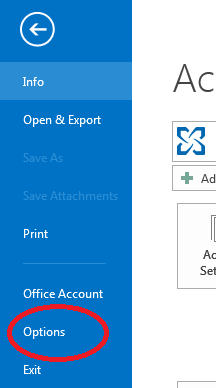

Let’s say your working days are Monday, Wednesday, and Friday, please check the Mon., Wed, and Fri., and uncheck the Sun, True, Thu, and Sat. To change the working week, please check the weekdays you work on, and uncheck the weekdays you do not work on in the Work week section. in the Start time: box, and select 10:00 p.m. To change the working hours, please change the time in the Start time: box and End time: box.įor example, your working hours are from 1:00 p.m. Step 2: In the Outlook Options dialog box, please click the Calendar in the left bar. The first part is to show you the way to change working hours and working week in Microsoft Outlook 20. (The predefined completed view, on which your billing view is based, displays only completed tasks in the Tasks folder.) That way, you can keep these tasks for record keeping or historical purposes, without wading through them in the billing view.Change working hours and working week in Outlook 20 Perhaps the easiest workaround for this behavior is to move completed tasks to another folder once you bill the company - you can add a new folder to the Tasks window for this purpose. If you don't delete the completed tasks, this custom view will continue to display them, even after you've billed them. Now the view will group completed tasks by company, making it easier to add multiple projects for the same client during the current billing period. Continue to refine the view as necessary using the additional Then By dropdowns.


In Outlook 2007, highlight Billing in the list of views (it's probably at the very bottom of the list.

You must remember to document all your tasks this way to bill for them properly. When you're ready to invoice clients, you can use a custom view, as follows: Use the billing field to enter other details, such as a discount, rate increase, or whether you're charging for travel time. Consistency and discipline are the key.


 0 kommentar(er)
0 kommentar(er)
